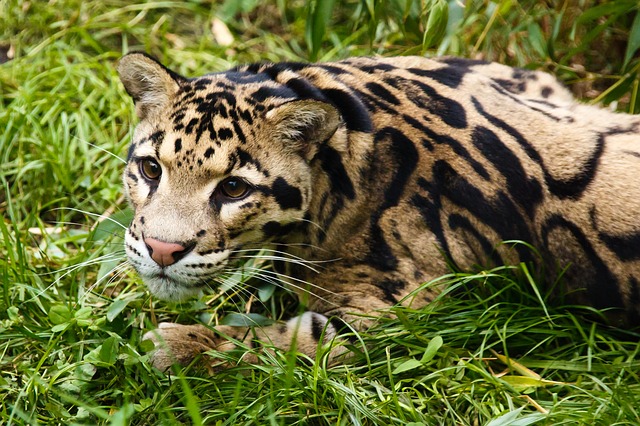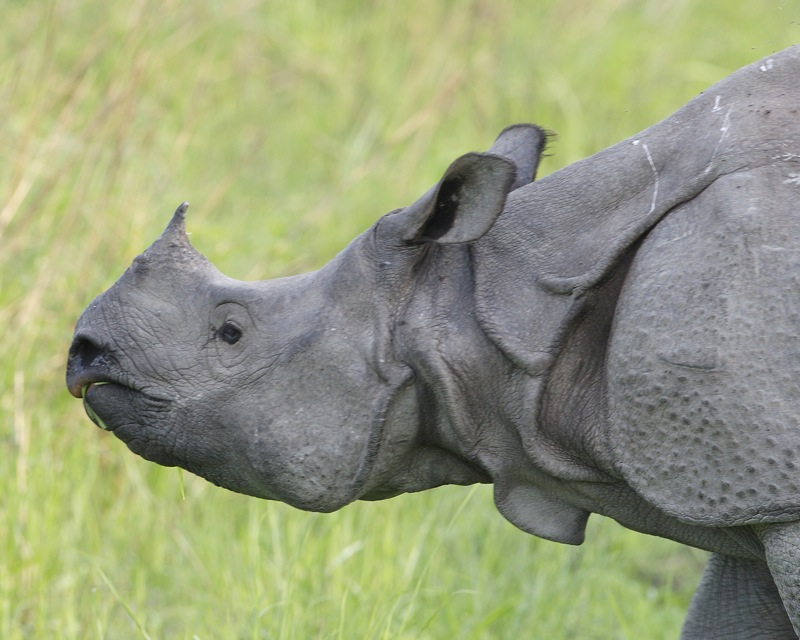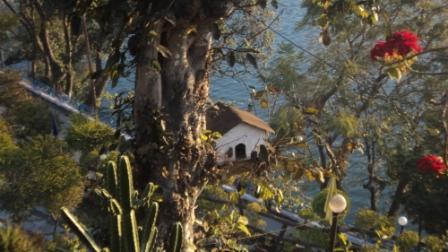Located 7000 feet above sea level in the northwestern extremity of West Bengal, Singalila is a high altitude national park which is a haven for trekkers, birdwatchers and nature lovers. It is home to an incredible diversity of Himalayan flora and fauna. SPECIES TO WATCH Red Panda Ailurus fulgens Endangered Clouded Leopard Neofelis Nebulosa Vulnerable […]
8 Destinations In India Which Are a Must Visit for All Nature Lovers
India, known for its Color and Culture not only excites you with its Historical Monuments but has many breathtaking Natural Scenic Attractions too. From the exquisite scenic delights of the snowy locales to the sun kissed beaches, and the backwaters, India does not fall short in giving an experience of a lifetime to its visitors. […]
Tiger Cub Seen At Sariska Tiger Reserve
Tigress ST-9 was relocated from Ranthambore national park to Sariska tiger reserve in 2013. Now, she has given birth to her first cub in Sariska, raising the number of tigers in the reserve to 14 and triggering hope that the park is back on conservation track. The first indication of the new cub came […]
Photos: Skipping Rhinos And Elephants In A Pond
These photos have been taken by Adele Grunberg who visited Kaziranga National Park in India, in 2014 and was in for a pleasant surprise when she saw a bulky rhino skipping like children and elephants swimming in a pond filled with pink water hyacinths. This is a guest post. Photos and story re-published with permission […]
Tips for an Eco-conscious Traveler by IUCN
A normal travel plan can change into an eco-travel plan if you only spend a little more time deciding on the place to go. It is not necessarily the trip to a national park or a beach that makes into the list of an eco-tourism spot. The important thing is to minimize the amount of fossil fuels you burn, plan the amount of things you are carrying before you go and if possible opt to help a local conservation organization.
Forest Department begins Mapping Eco-Sensitive Zones
The areas bordering national parks and reserves are usually rich in natural flora and fauna. The abuse of the biodiversity is also greatest in these areas as they do not fall under any protection frame. But now the forest department is trying to map the land use pattern within a radius of 10 km around national parks so as to protect these biodiversity areas and ecological corridor links.






